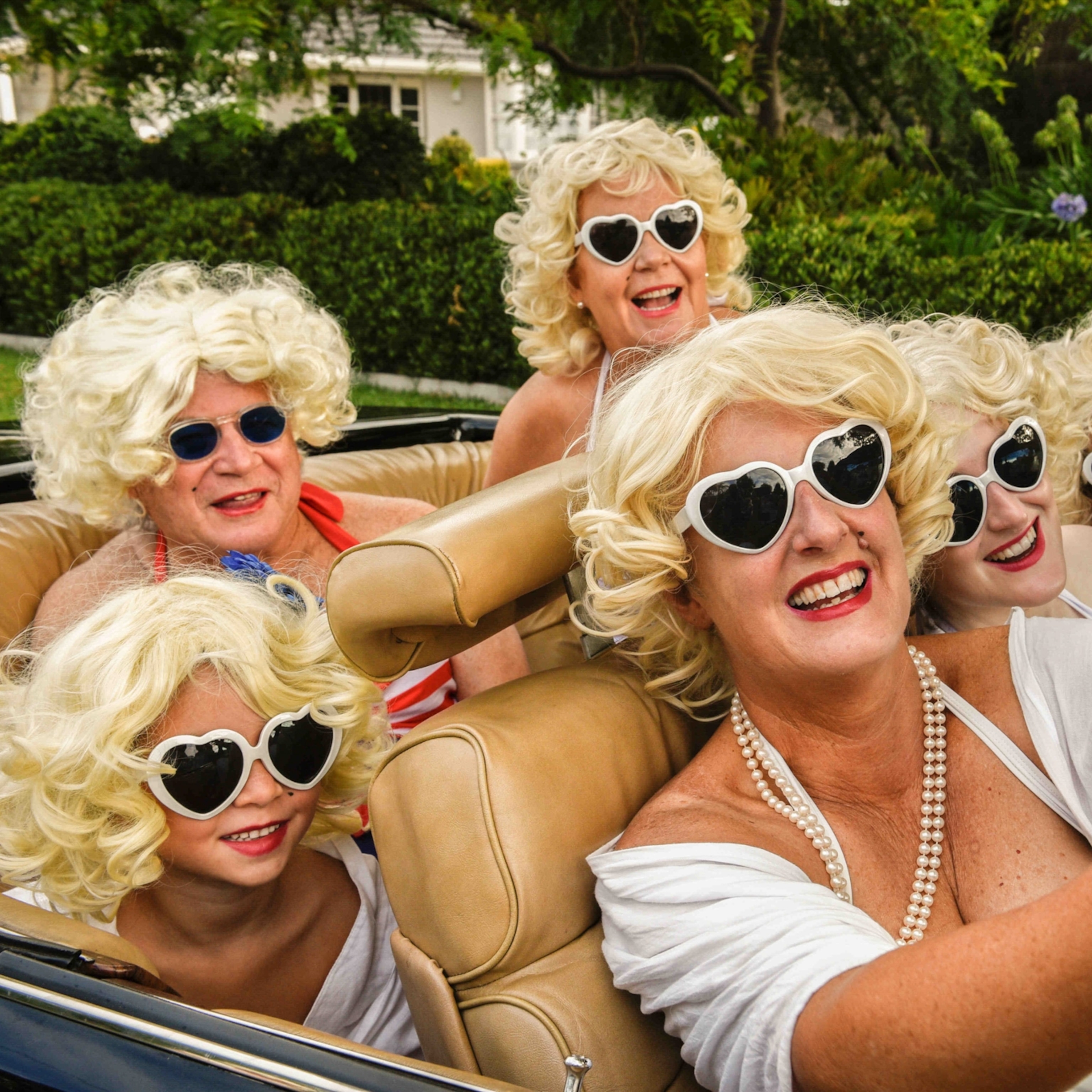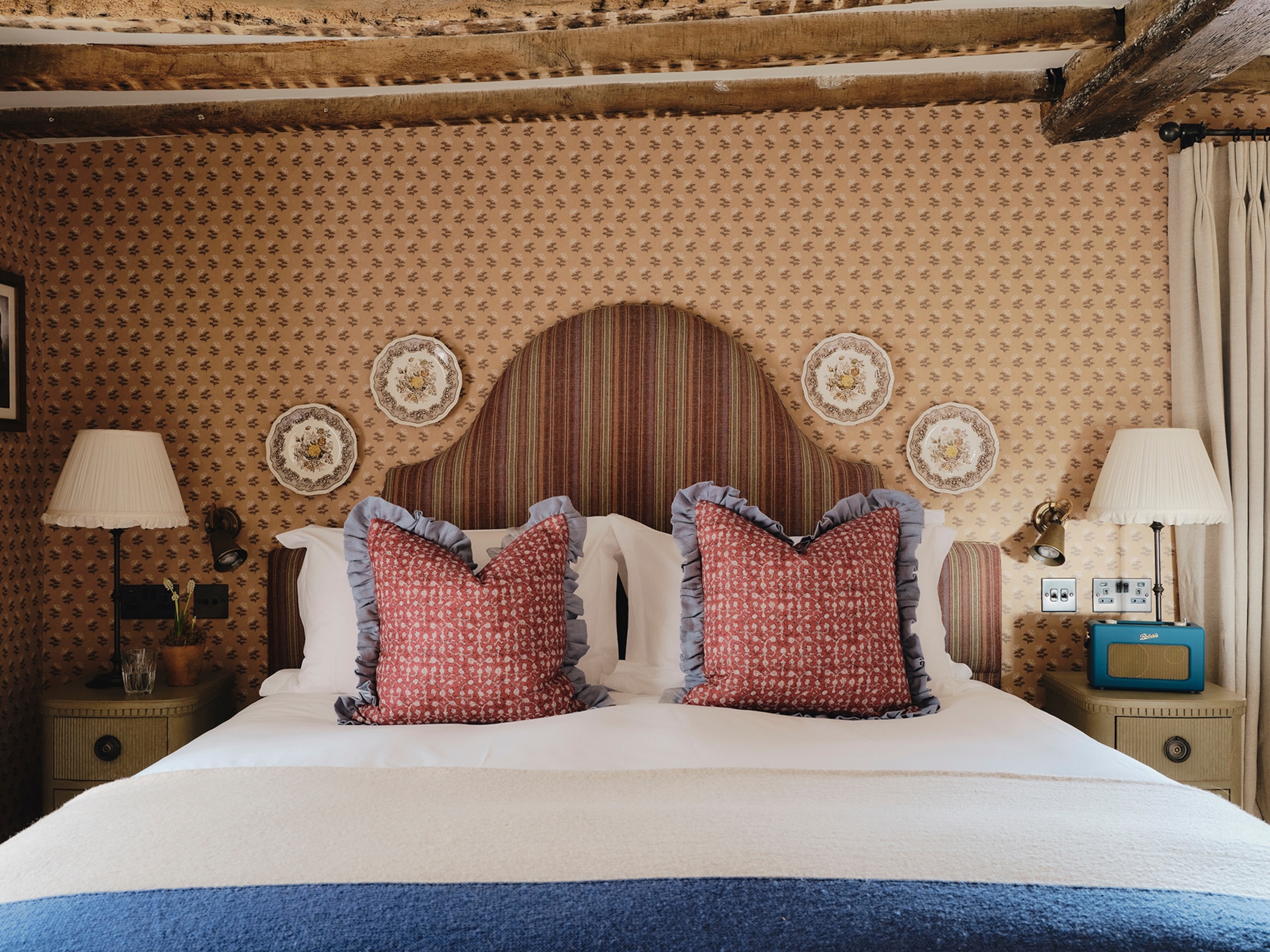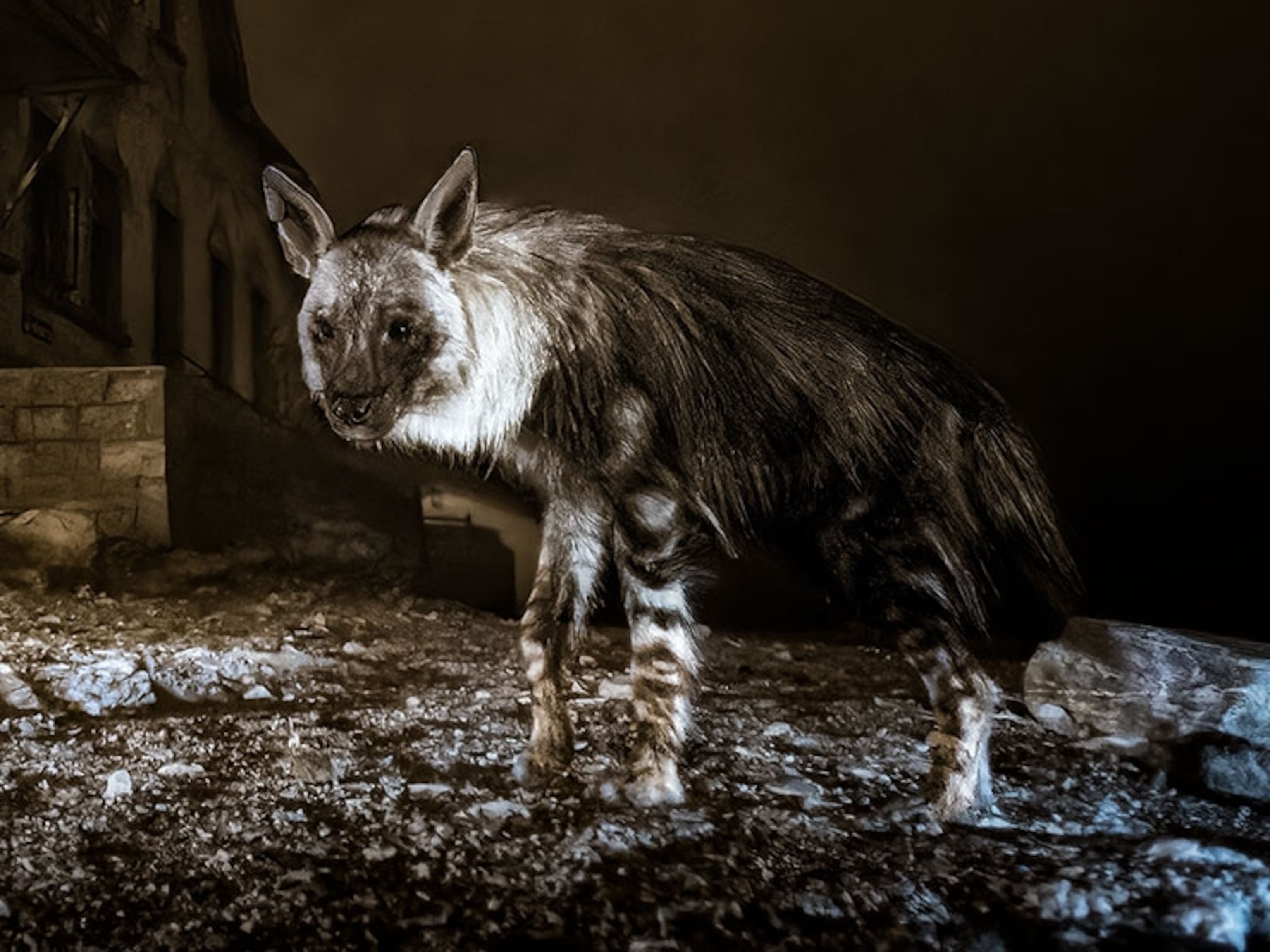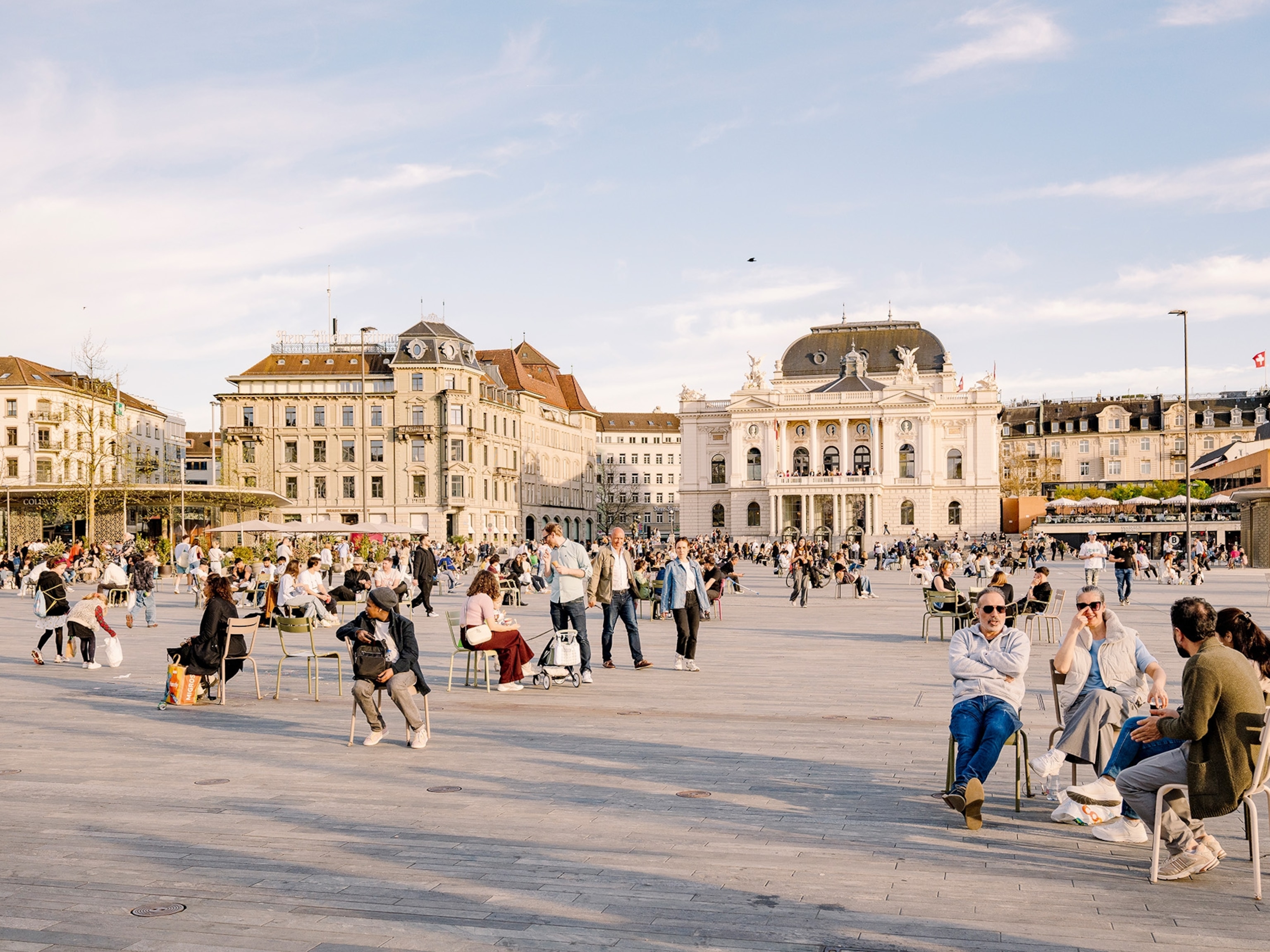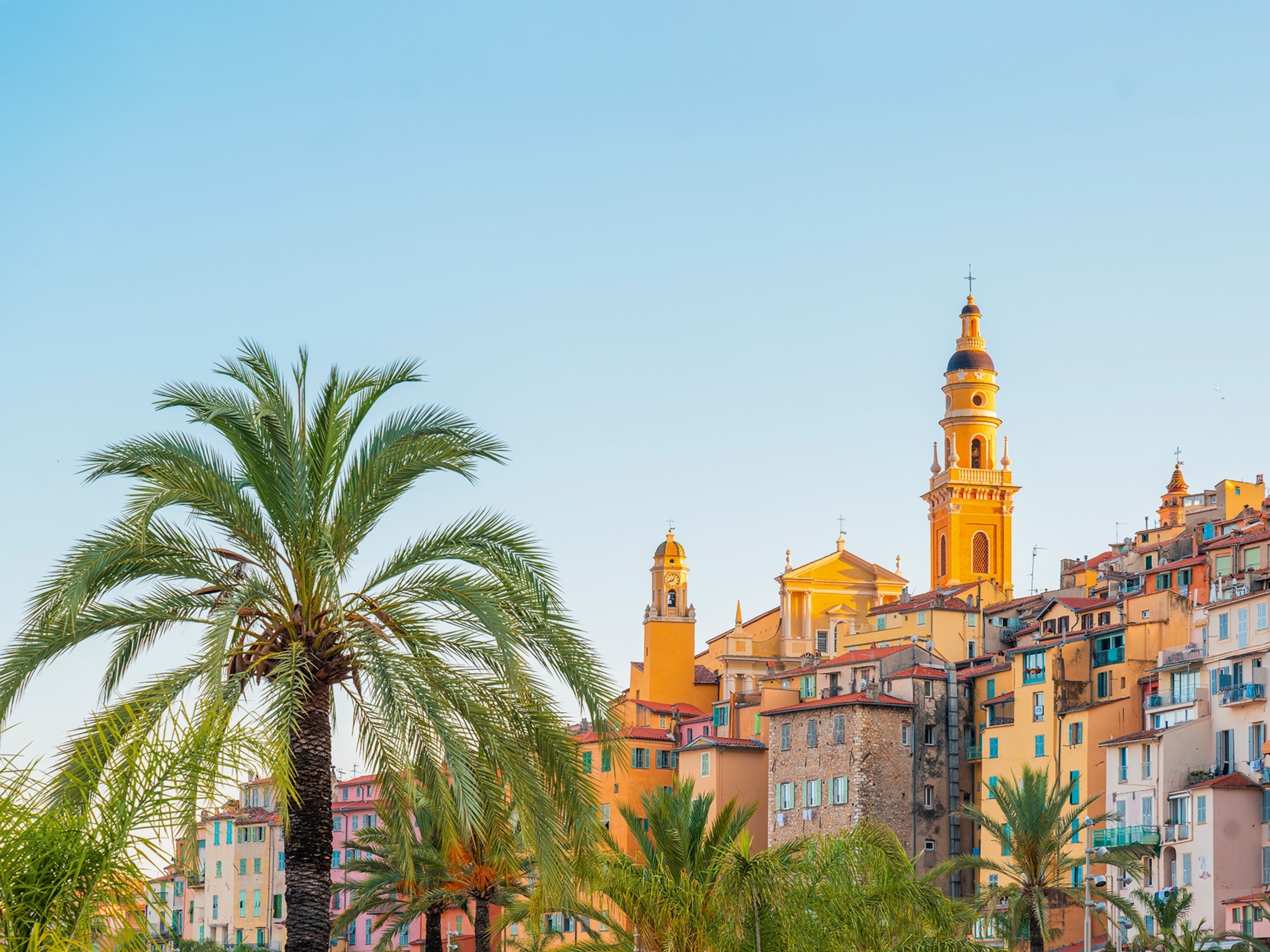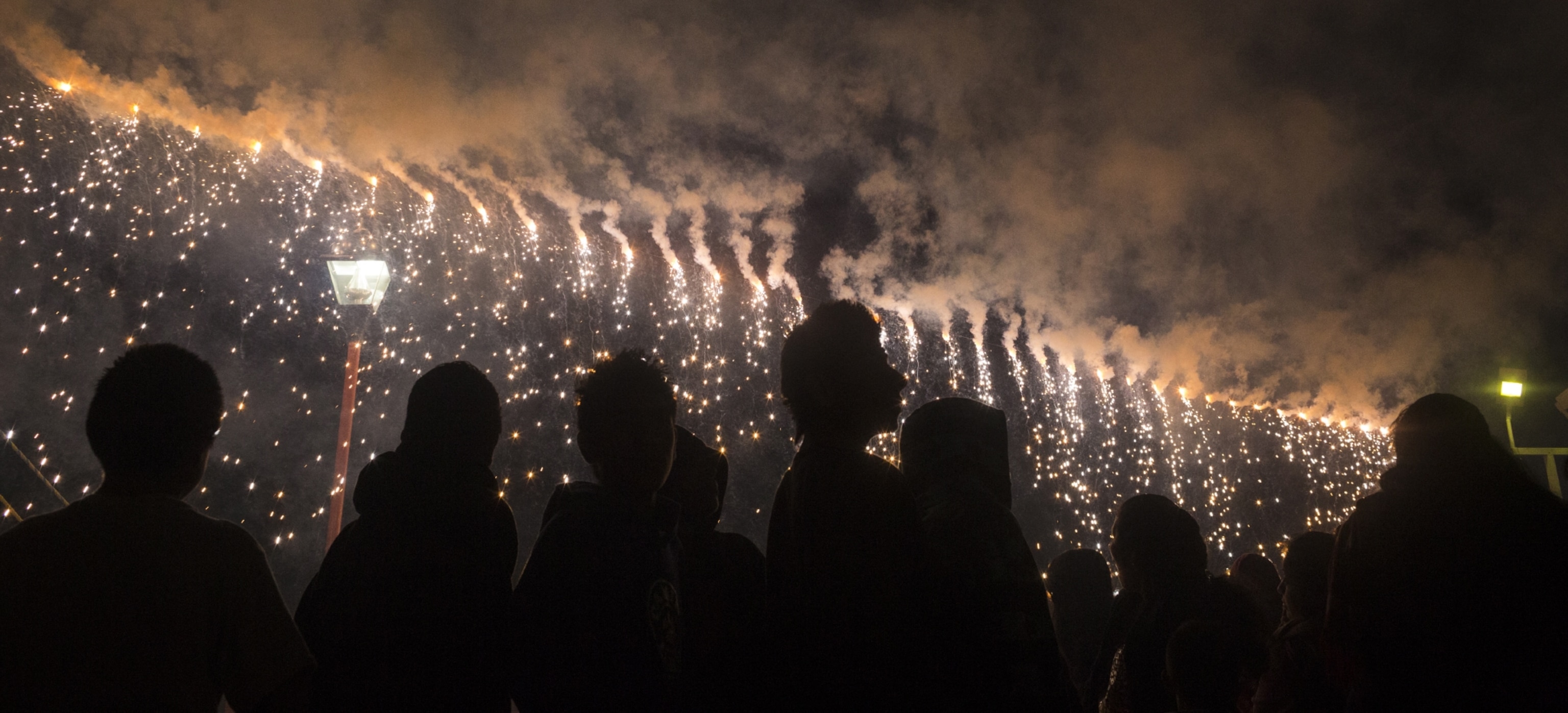
An Intern Learns to Swim in the Deep End
The past two years have been wild and unexpected for photographer Sara Lewkowicz. Her student project on domestic violence rapidly gained traction on many major news outlets and won several awards, including the honor of being named the 68th College Photographer of the Year. The winner of CPOY is awarded a three-month internship with National Geographic magazine. During her internship this past summer, Lewkowicz researched and photographed a project in Teotitlán, Mexico, under the direction of photo editor Sadie Quarrier. I corresponded with her over email about the challenges and surprises of being an intern for National Geographic.
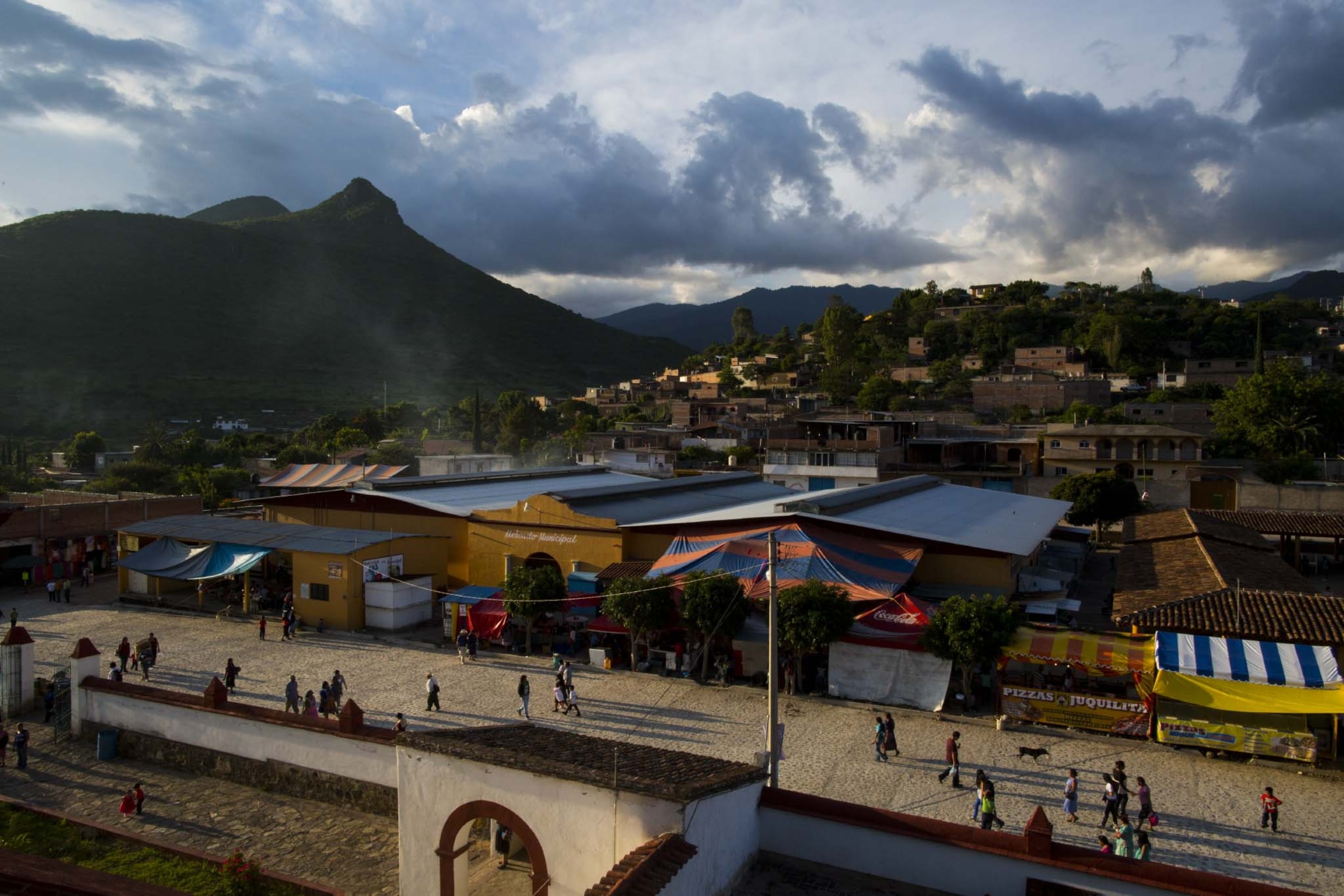
JANNA DOTSCHKAL: How did you feel when you found out you were going to be an intern here?
SARA LEWKOWICZ: I think I walked around for the first few days with that champagne-bubble sound in my ears. Everything was just a blur; it was just incredibly exciting. This is a magazine that everyone wants to work for—there are entire TV shows devoted to the mythology of the National Geographic photographer. I imagine it’s a bit like being told you are going to intern for NASA with the astronauts (before they shut down the space program, anyway). I was also incredibly nervous, if I’m being totally honest.
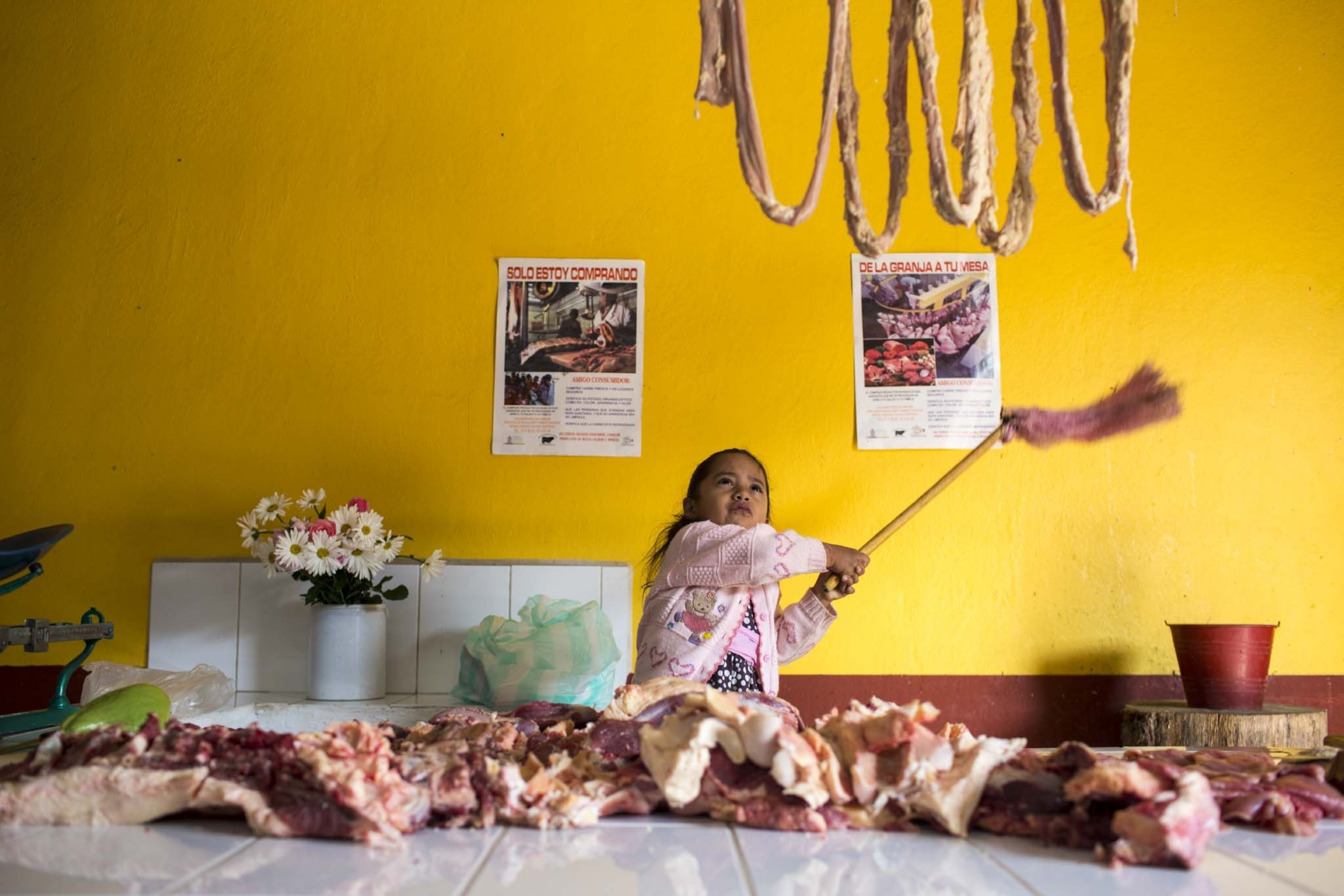
JANNA: What goes into planning an international photo project like this?
SARA: People usually don’t realize just how much planning these types of projects involve; I certainly didn’t. I planned for a month straight and I still wish I would’ve had more time. I was lucky to have my mentor, photo editor Sadie Quarrier, and researcher Mary McPeak to help me out. I used LexisNexus searches to find articles, checked out books from the National Geographic library, and contacted an anthropologist whose area of expertise was in Zapotec culture. She put me in touch with a family that had become her surrogate family in Teotitlán, and I ended up staying with them in the center of town when I was there.
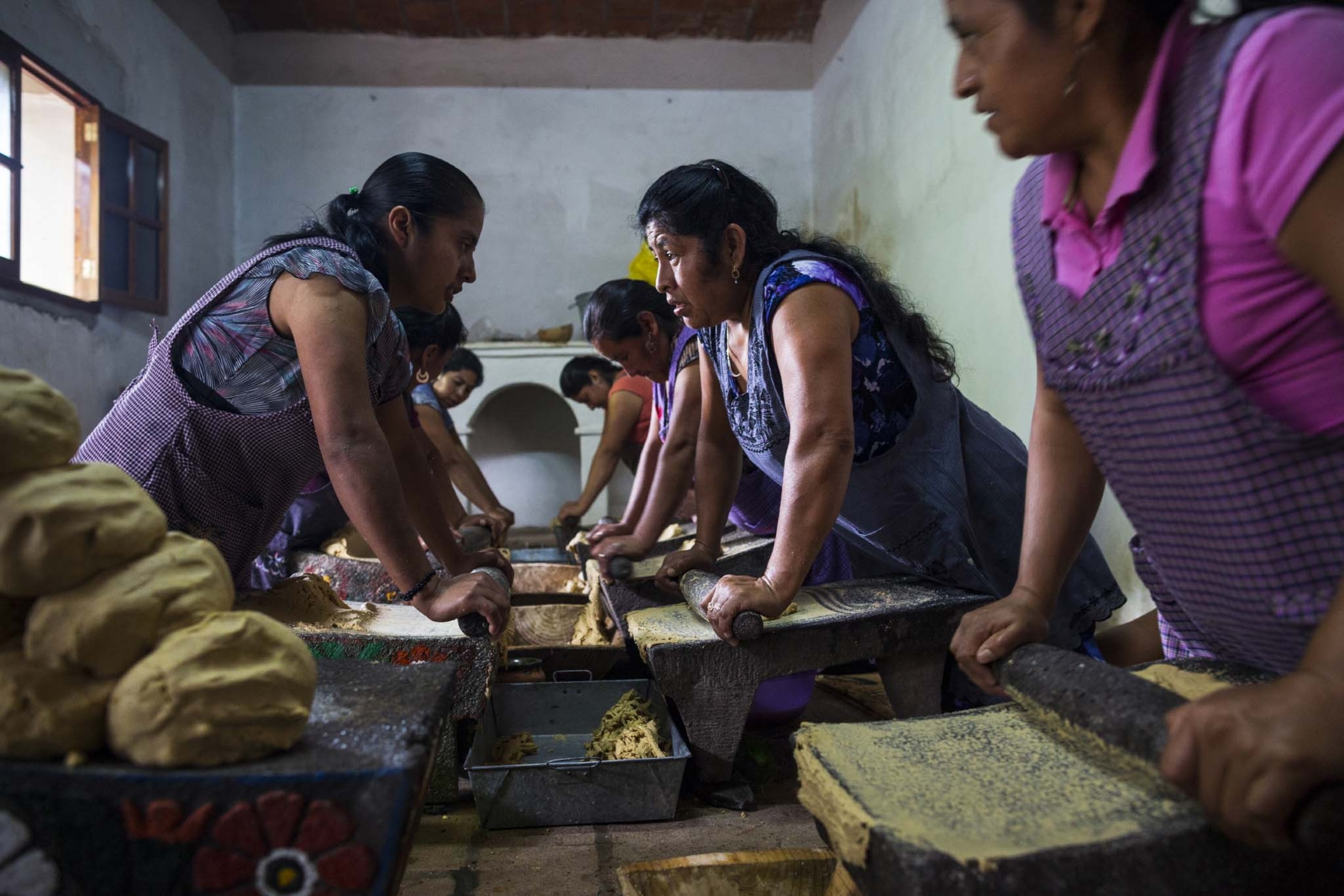
JANNA: What project did you choose to work on during your internship, and why?
SARA: I began with the idea of photographing a story on gender roles amongst Zapotecs in the state of Oaxaca in southern Mexico. Zapotecs are an indigenous people who have maintained their culture for centuries, battling for their identity and survival against the Aztecs, the Spanish conquistadores, absorption into greater Mexico, and now against globalization and Americanization.
I had initially been drawn to reports about the subversion of traditional gender roles amongst Zapotec people, which spoke of a matrifocal society that was friendly toward homosexual men and transgender women. The idea of a matrifocal society that stood in stark defiance to the pervasive machismo culture in the rest of Mexico sounded radical to me, and I wanted to explore that. Upon arriving, I ended up finding that the phenomenon was much more localized than I thought, and I had to change the direction of my story.
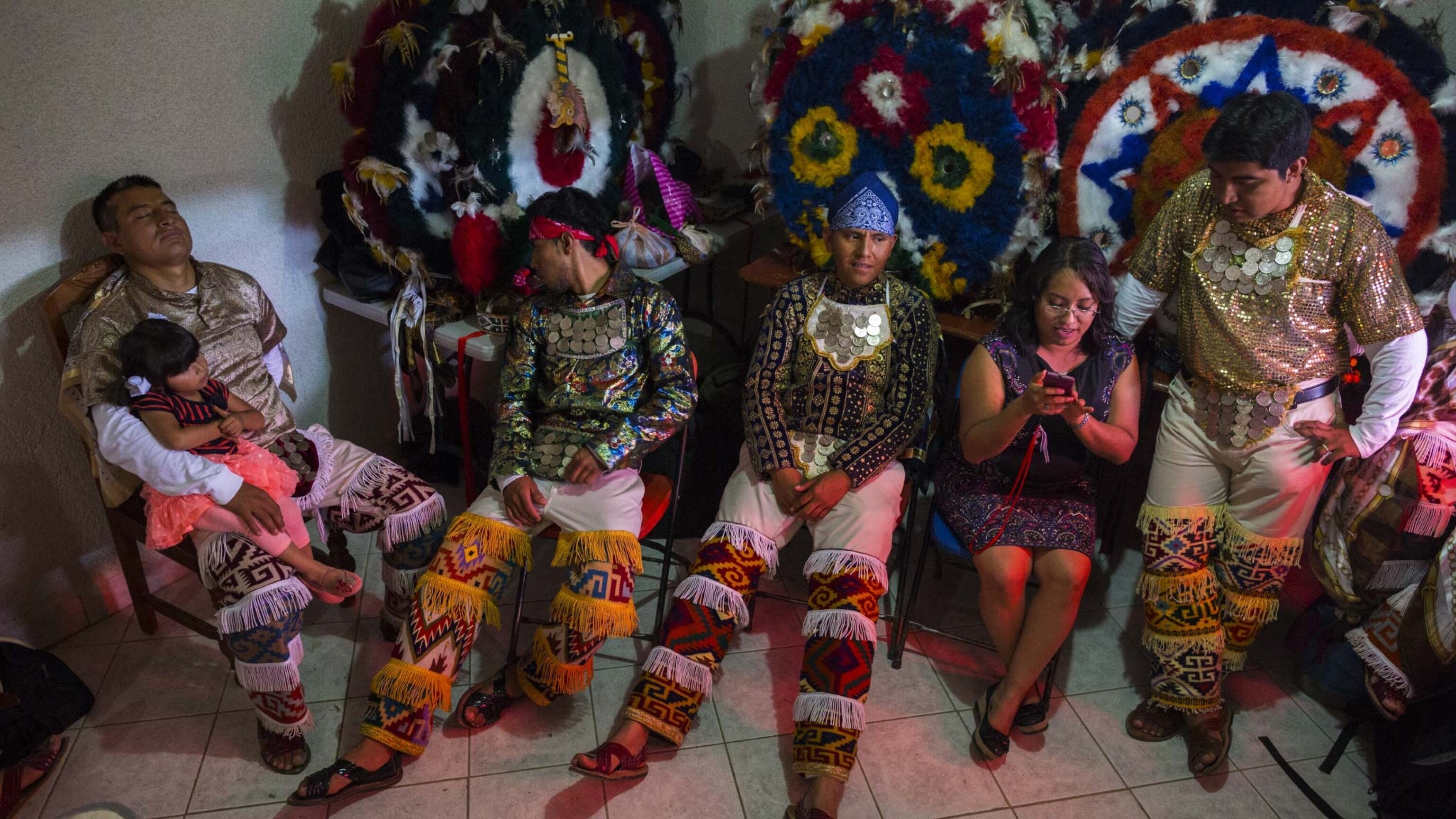
JANNA: What was your impression of the place and people?
SARA: I was in a very small town called Teotitlán del Valle, and when I think of it, the first word that comes to my mind is “magical.” It was near the city of Oaxaca, in the foothills of the Sierra Juárez. One mountain, called El Picacho, provided a stunning backdrop to the little town. It was the rainy season, so the rolling mountains were lush and green. There were these tall, pink grasses growing everywhere that I slowly became obsessed with photographing.
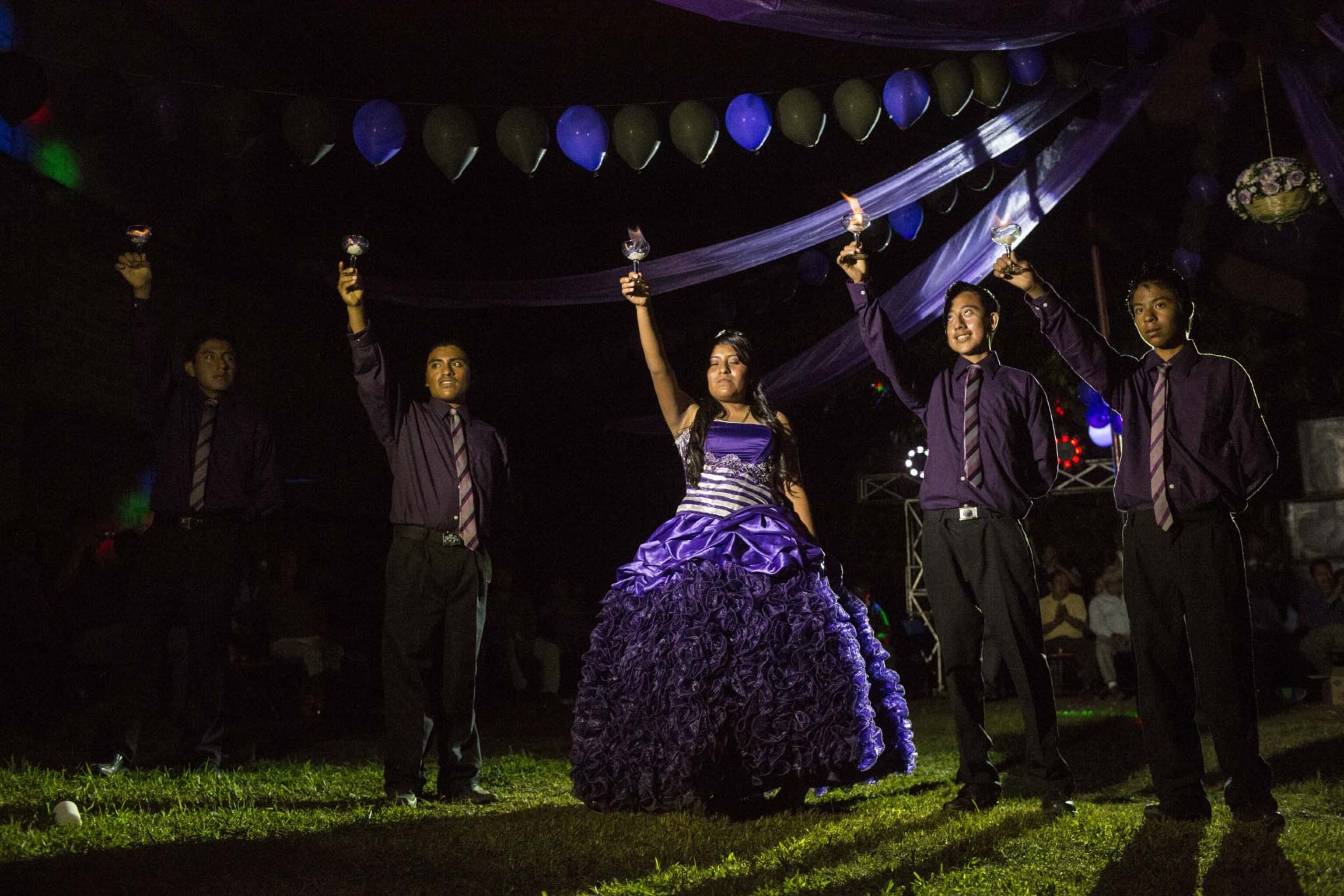
I fell in love with the people first and the place second. The people were incredibly warm and generous. They were forgiving of my horrible attempts at Spanish, and even began teaching me a few words in Zapotec. The town was too small to have bars or clubs, but every weekend there was another party—weddings, quinceañeras, baptisms, birthday parties—there was constantly dancing and live music floating through the air.
Everywhere I went, people fed me. The food was delicious and often made from scratch by someone’s abuela (grandmother). Rich mole sauces; tamales; chepil soup with grasshoppers; tamarind ice cream; tiny, sweet champagne mangos—honestly, it’s a miracle I didn’t gain ten pounds.
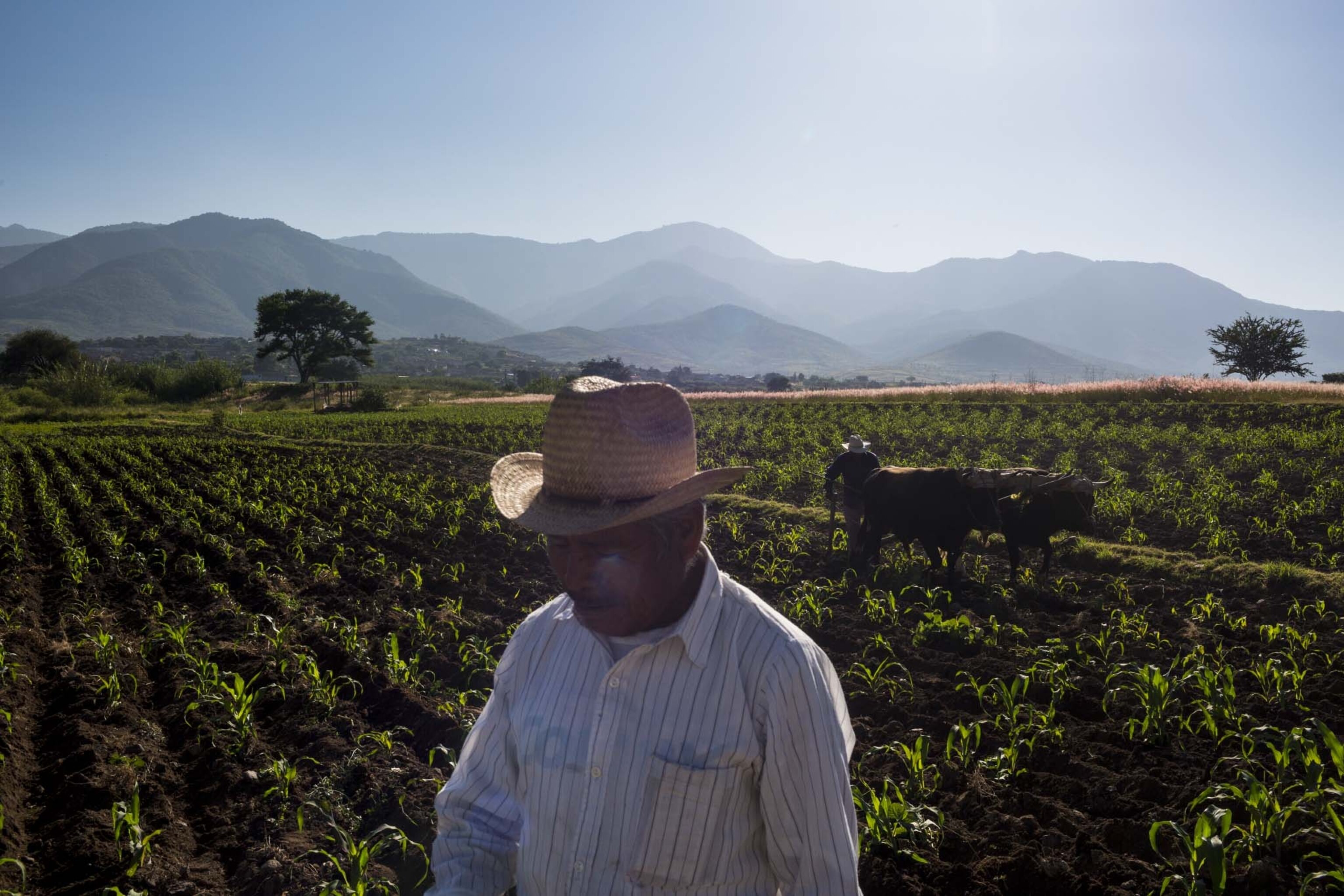
JANNA: What were some of the challenges you encountered during the internship?
SARA: Being a photo intern at National Geographic is both amazing and challenging because you’re kind of tossed in the deep end of the pool and expected to learn to swim. People are there to help you, but at the same time, they still have their own regular work to do, so you have to learn pretty quickly to rely on yourself to generate ideas and research. The learning curve is steep—you’re treated the way any other photographer would be upon arriving there, and you’re expected to produce imagery of a certain caliber.
For me, that was one of the biggest challenges. It was so exciting to be at National Geographic, but in many ways, my brain kind of got caught inside the gold border sometimes. I had come off of a very big year with a story I had shot on domestic violence, and I felt intense internal pressure to follow up that work with something strong. The most important lesson I learned was to stay true to my own photographic voice, and to shoot the photos that make me happy.
Another one of my biggest challenges was realizing that the story wasn’t exactly turning out as I expected. It’s not uncommon for stories to change shape in the middle of assignments, and you try to do as much research as possible to prepare yourself. But I hadn’t realized how much variance there was between Zapotec subcultures from one town to another and that the non-normalized gender relationships I had been seeking were specific to only one of the towns I had planned on working in.
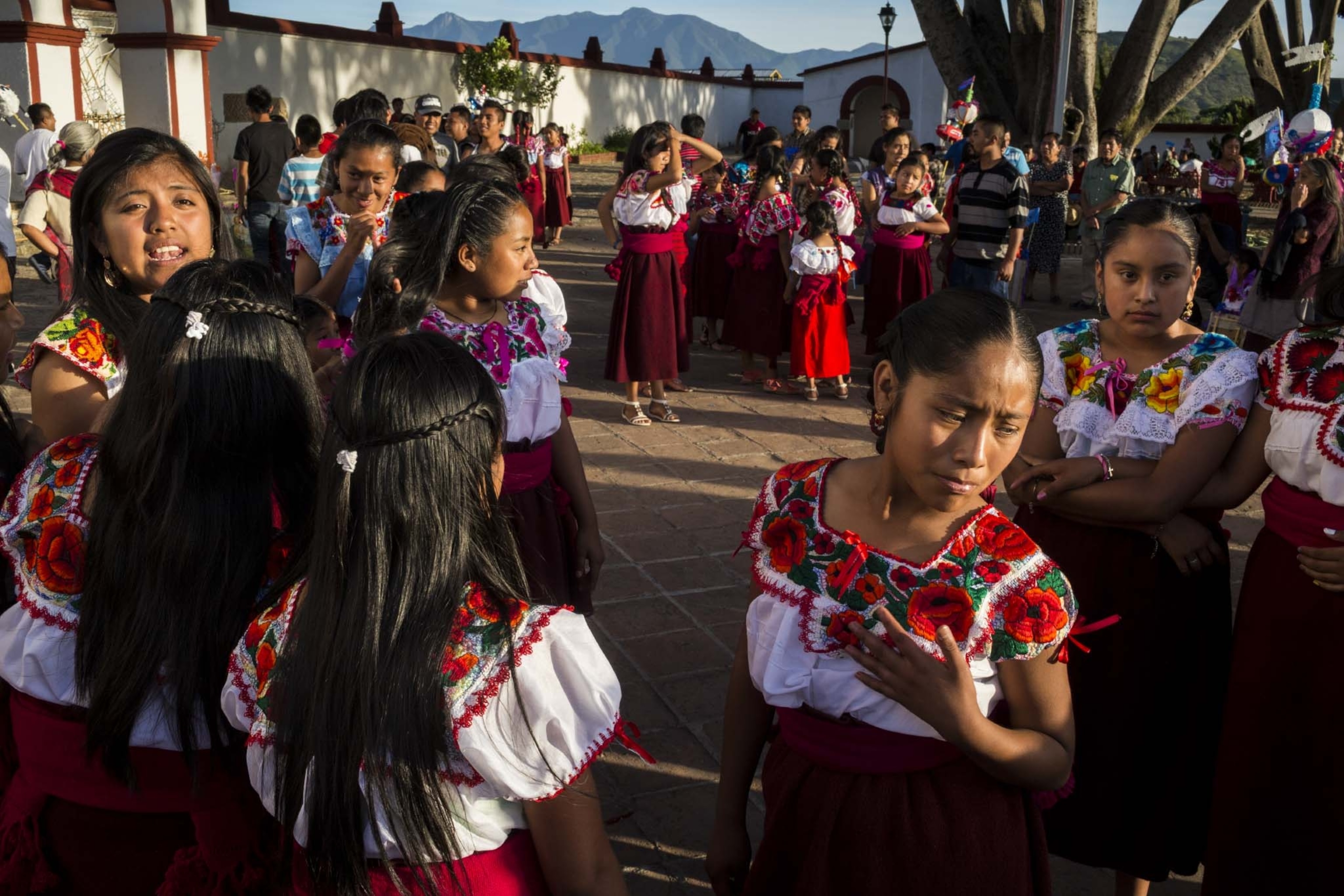
JANNA: What advice would you give future National Geographic interns?
SARA: Don’t go in there trying to shoot the way you think David Guttenfelder or Jodi Cobb or Stephanie Sinclair would shoot. They are amazing, but they are not you. Don’t let the pressure make you forget how to shoot like you. Take the photos that you want to take, that convey your vision. If you don’t know what that vision is yet, use the internship as a time to figure it out.
Be curious and inquisitive, find a subject or a place to immerse yourself in. Fall in love with what you’re shooting, and remember that you’re in love with it even when it gets difficult. Make relationships with people at work, ask people out to lunch and get to know them, and let them get to know you. Thank everyone who helps you out, especially when they are taking time out of their daily job to do so. Let the pressure you put on yourself be motivating, not paralyzing. It’s a fine line that can be easy to cross, but always remember that you are there to learn. If you end the internship having gained knowledge, it’s been a successful internship.
